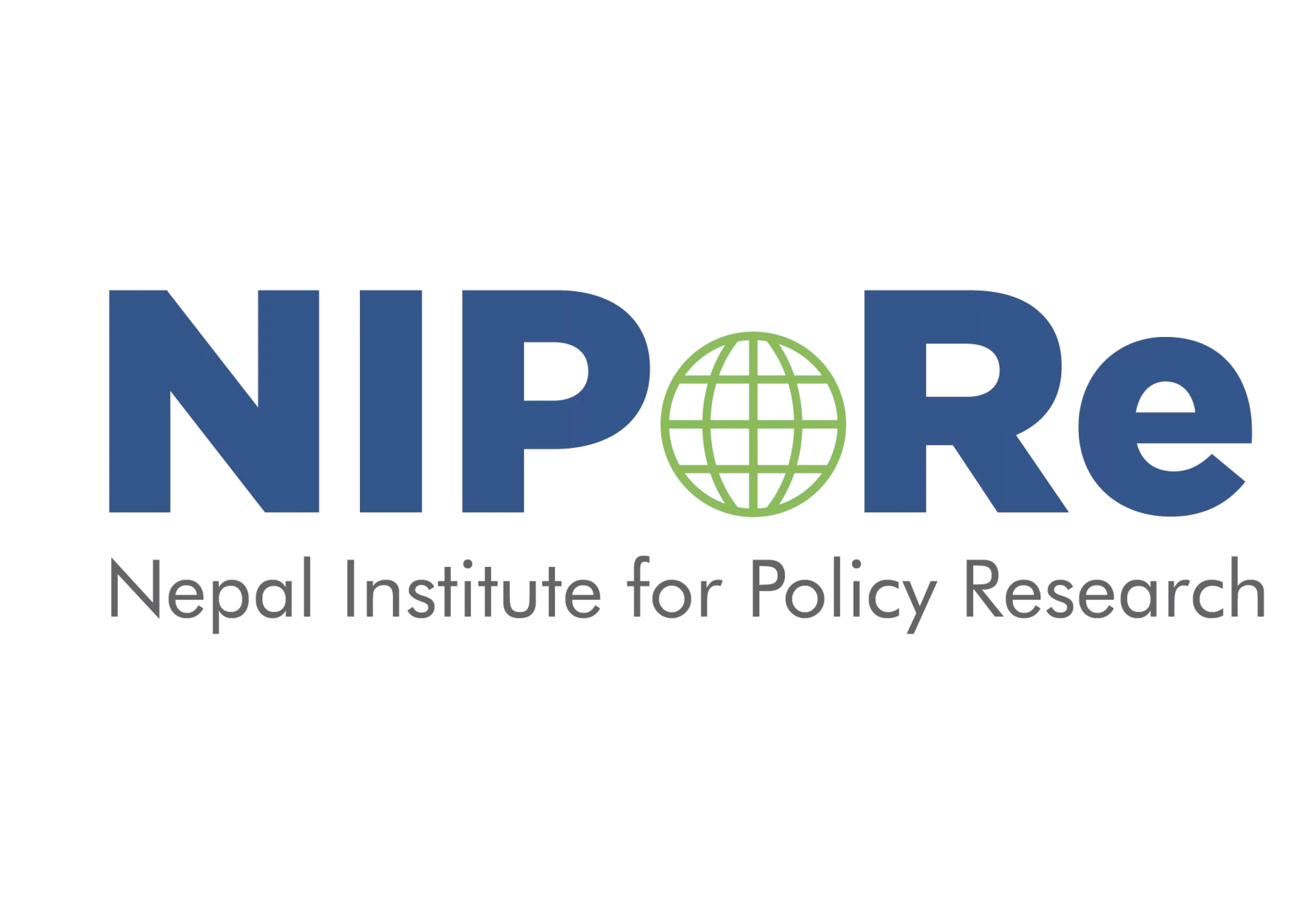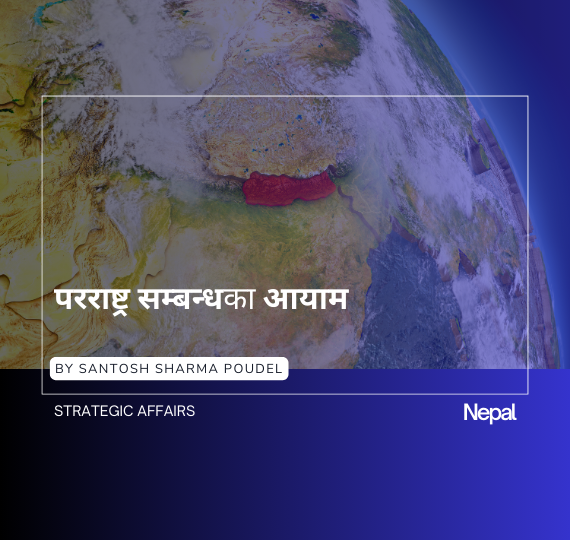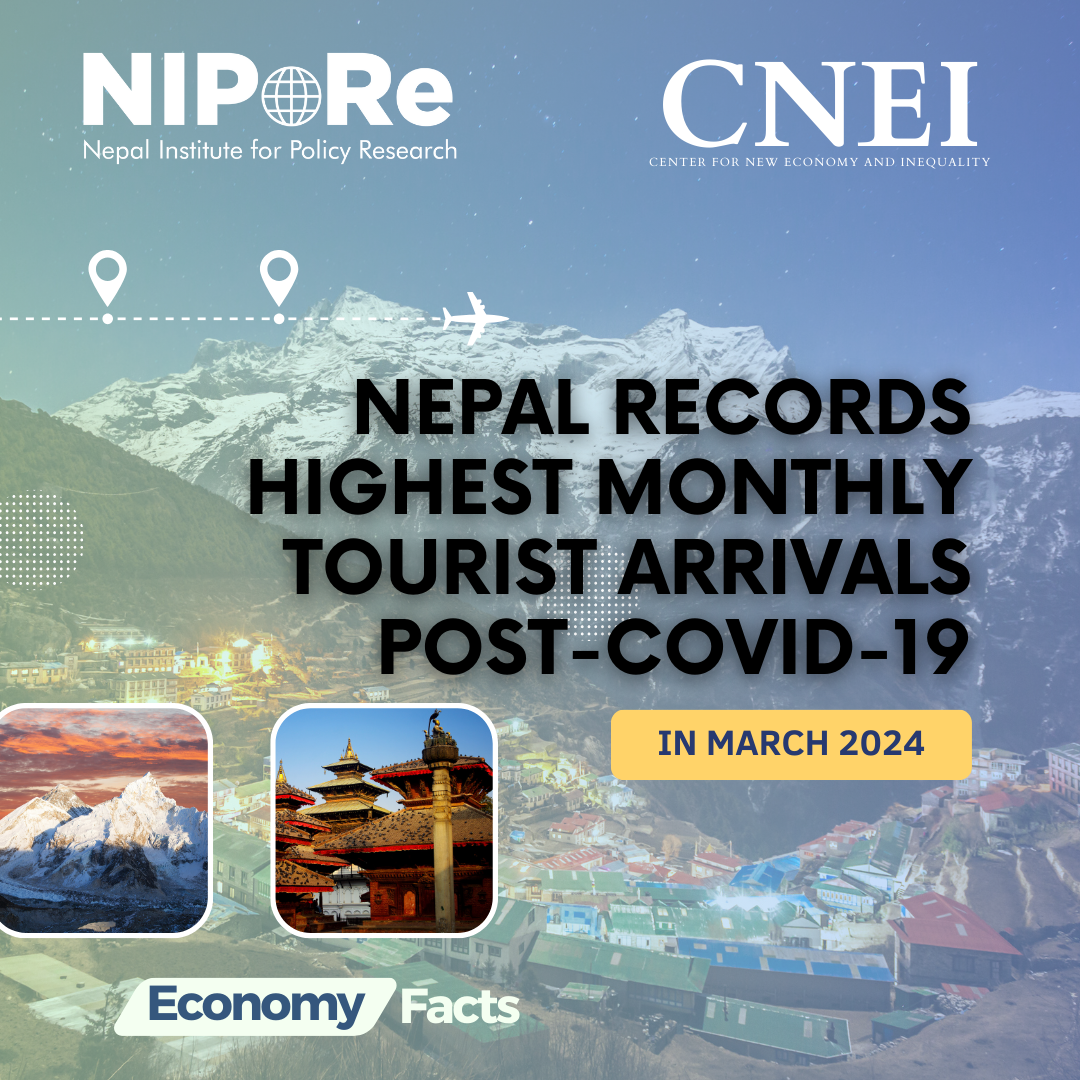Internet at 50: Opportunity for Nepal to Examine Past Impacts of the Internet and Plan for the Future
Synopsis
With an aim to observe the fiftieth anniversary of the Internet in the world, the Nepal Institute for Policy Research (NIPoRe) has recently launched an initiative – Internet@50. This commentary outlines a brief history of the Internet in the world and in Nepal. It stresses the need for active engagement of all concerned stakeholders in Nepal for observing this global milestone to analyze overall impacts of the Internet on Nepal so far while also making better plans for the future. Finally, It also introduces NIPoRe’s efforts and plans to celebrate this golden anniversary.
Origin of the Internet
The global history of the Internet can be traced back to the 1960s when MIT’s J.C.R Licklider first wrote a series of memes discussing his “Galactic Network” concept and highlighting how the then existing social interactions could be further enhanced and made possible at the global level through a carefully designed networking system. Afterwards, he could convince some of his colleagues, including his fellow MIT researcher – Lawrence G. Roberts, of the importance of his discussed networking system. In 1966, Lawrence G. Roberts joined Defense Advanced Research Projects Agency (DARPA) of the US Government’s Department of Defense and worked on a computer networking idea that ultimately gave birth to the Advanced Research Projects Agency Network (ARPANET).
The developments in the latter half of 1960s formally gave birth to the Internet. After years of work, on October 29 in 1969, one computer each at the Stanford Research Institute (SRI) and the University of California, Los Angeles (UCLA) were interconnected to create a computer network that successfully used packet switching thus creating ARPANET. By December 1969, two more nodes were added to the ARPANET – one each from the University of Utah and the University of California, Santa Barbara – thus making ARPANET a four-node networking system. Since then, it has evolved a lot thus affecting societies and economies across continents in both ways.
Brief History of the Internet in Nepal
The Internet first arrived in Nepal in 1993 only, almost 24 years after the establishment of the ARPANET. At first, the Internet in the country was established as a joint venture of the then Royal Nepal Academy of Science and Technology (RONAST) and the Mercantile Office Systems (MOS). The prime objective of this venture was to enable RONAST experts to exchange emails with professionals outside the institute by making regular connection to the Education and Research Network (ERNET) located at the Indian Institute of Technology in Bombay, India.
In 1994, RONAST terminated its agreement and MOS acquired the entire technology and took initial steps to commercialize the Internet in Nepal by establishing a connection point in Australia. The following year, WorldLink too began offering services in Nepal at lower prices thus making internet market in the country more competitive.
The major developments between 1995 and 2011 helped Nepal to further develop the internet in the country. Nepali private firms first launched internet in 1995 by using 64kbps lease lines followed by VSAT in 1996. In 1997, the Nepal Government made public the Telecommunication Act and established Nepal Telecommunications Authority (NTA) in 1998 to regulate the internet and related activities in the country. In 2000, Nepal Telecom (NTC) also began offering internet services. The establishment of Mero Mobile (that later rebranded as Ncell in March 2010), the first private-sector actor to operate GSM services in Nepal, and the company offering fast internet services in subsequent days helped to further boost internet connectivity in the country.
The internet in Nepal further flourished after Nepal Telecom established cross-border connections with India and China in 2007 and 2011 respectively. In recent years, the number of internet users in Nepal are on rapid rise. As per the most recent MIS Report, Nepal now has an internet penetration rate of 65.87 percent, of which 51.64 percent comes from mobile broadband alone.
Why Internet@50 Matters for Nepal?
As per a 2019 World Bank study, the Southeast Asian economies lead the world in some aspects, mainly use of Social Media and messaging, of harnessing internet for larger economic benefits, use of the internet for similar purposes in many other Asian economies is still underdeveloped and Nepal is not an exception.
Coincidently, Nepal’s Ministry of Communication and Information Technology (MoCIT), in collaboration with Frost & Sullivan, has envisioned “The Digital Nepal” program. The Government has designed this program to further foster and thus make better use of technological disruptions for achieving higher socioeconomic growth targets. For these disruptions, the government has identified few specific sectors. The 2019 version of the framework consists of eighty digital initiatives under eight sectors (Digital Foundation, Agriculture, Health, Education, Energy, Tourism, Finance and Urban Infrastructure). The Government of Nepal expects this initiative to deliver an impact of up to NPR 800 billion by 2022. To accomplish these goals, MoCIT has been publishing updated versions of annual “Digital Nepal Framework” since 2018.
Nepal, with more than 65 percent of the population connected to the internet now, carries huge potential in terms of disrupting country’s existing major service sectors including transportation, education, healthcare, media, entertainment, banking among others for the better. However, to realize expected transformations in these sectors, there should be enough data-driven and periodic debates among key local and global stakeholders within and among governments, the private sector and the development partner community. Also, there are very few studies done on how internet has affected societies and service sectors in the country.
As the “Internet@50” in not only about celebration of internet’s fifty years of global history but it also involves careful analysis of major impacts of the internet on people’s lives, societies and economies. Thus, we believe, we can use the “Internet@50” occasion to gather and engage key local, regional and global stakeholders in meaningful discourses and studies in Nepal to help us understand how the internet has changed Nepal in the past and how can we assure that it helps Nepal during the next fifty years.
The “Internet@50” Initiative:
NIPoRe; with an aim to stir much needed discourses among people across sectors, professions, cultures, income levels, geography and gender; has launched “Internet@50” initiative. All these discussions will be focused on studying the overall impact of the Internet on people’s lives across countries in South and Southeast Asia and how the internet’s 50 years may transform these countries.
As a part of this initiative; the institute will collaborate with partners in Nepal and across South and Southeast Asia to undertake research studies, host policy debates on national and regional issues, publish research commentaries and opinion pieces on related issues.
References:
- Beschorner, Natasha; Bartley Johns, Marcus; Guermazi, Boutheina; Treadwell, Jane Lesley; Prakosa, Petra Wiyakti Bodrogini; Abdul Karim, Nur Amira Binte; Van Tuijll, Daniel Alexander; Bernis, Lamiaa; Nicoli, Marco-000329794; Van Rees, Jan; Girot, Clarisse Anne Henriette Michele. 2019. The Digital Economy in Southeast Asia: Strengthening the Foundations for Future Growth (English). Washington, D.C.: World Bank Group. Retrieved from http://documents.worldbank.org/curated/en/328941558708267736/The-Digital-Economy-in-Southeast-Asia-Strengthening-the-Foundations-for-Future-Growth
- ITU. (2009, December). Anniversary year for the Internet and the World Wide Web: From two to 2 billion. ITU News December Issue. Retrieved from www.itu.int/net/itunews/issues/2009/10/34.aspx
- Jana, S. (Undated). Internet Backbone Infrastructures in Nepal. WorldLink Communications Pvt. Ltd. Retrieved from https://sanog.org/resources/sanog27/SANOG-Conference_Internet_Backbone_Infrastructure_of_Nepal.pdf
- Kaphle, K. (2012, July 30). History of IT and Computers in Nepal. Retrieved from https://itnepal.net/history-of-it-and-computers-in-nepal/#.XWoqvvPVIdV
- Licklider, J. C. R. and Clark, W. E. (1962). On-line man-computer communication (Proceedings of the May 1-3, 1962, spring joint computer conference). Retrieved from https://dl.acm.org/citation.cfm?id=1460847
- MoCIT, Government of Nepal. (2018). 2018 Digital Nepal Framework: Unlocking Nepal’s Growth Potential. Retrieved from http://mocit.gov.np/application/resources/admin/uploads/source/Digital%20Nepal%20Framework%20-%20Final%20Submission%20-%2024%2012%202018%20v2.6.2.pdf
- MoCIT, Government of Nepal. (2019 March). 2019 Digital Nepal Framework: Unlocking Nepal’s Growth Potential. Retrieved from https://nepalindata.com/media/resources/items/15/bEN_Digital_Nepal_Framework_V7.2March2019.pdf
- Montgomery, L. (2002). NGOs and the internet in nepal. Journal of Computer‐Mediated Communication, 7(2), 0-0. doi:10.1111/j.1083-6101.2002.tb00141.x
- NTA. (2019, August). MIS Report. Year: XV, Issue128, Vol. 176. Retrieved from https://nta.gov.np/wp-content/uploads/MIS-2076-Ashad.pdf
- Roberts, L. G. (1967). Multiple computer networks and intercomputer communication. Retrieved from https://people.mpi-sws.org/~gummadi/teaching/sp07/sys_seminar/arpanet.pdf
Publisher’s note: This is the first commentary published by NIPoRe to commemorate the Internet’s fifty years of existence in the world.



